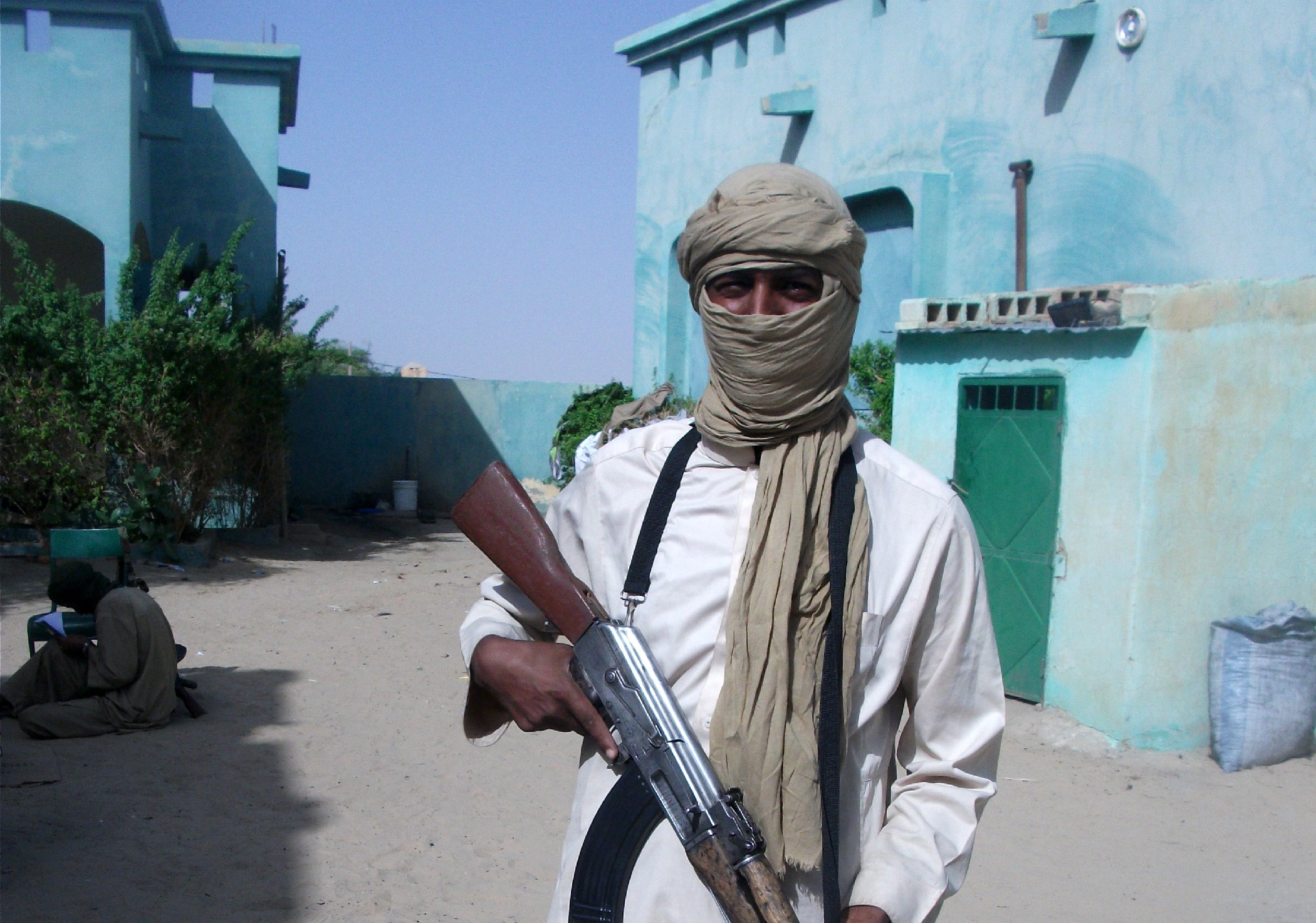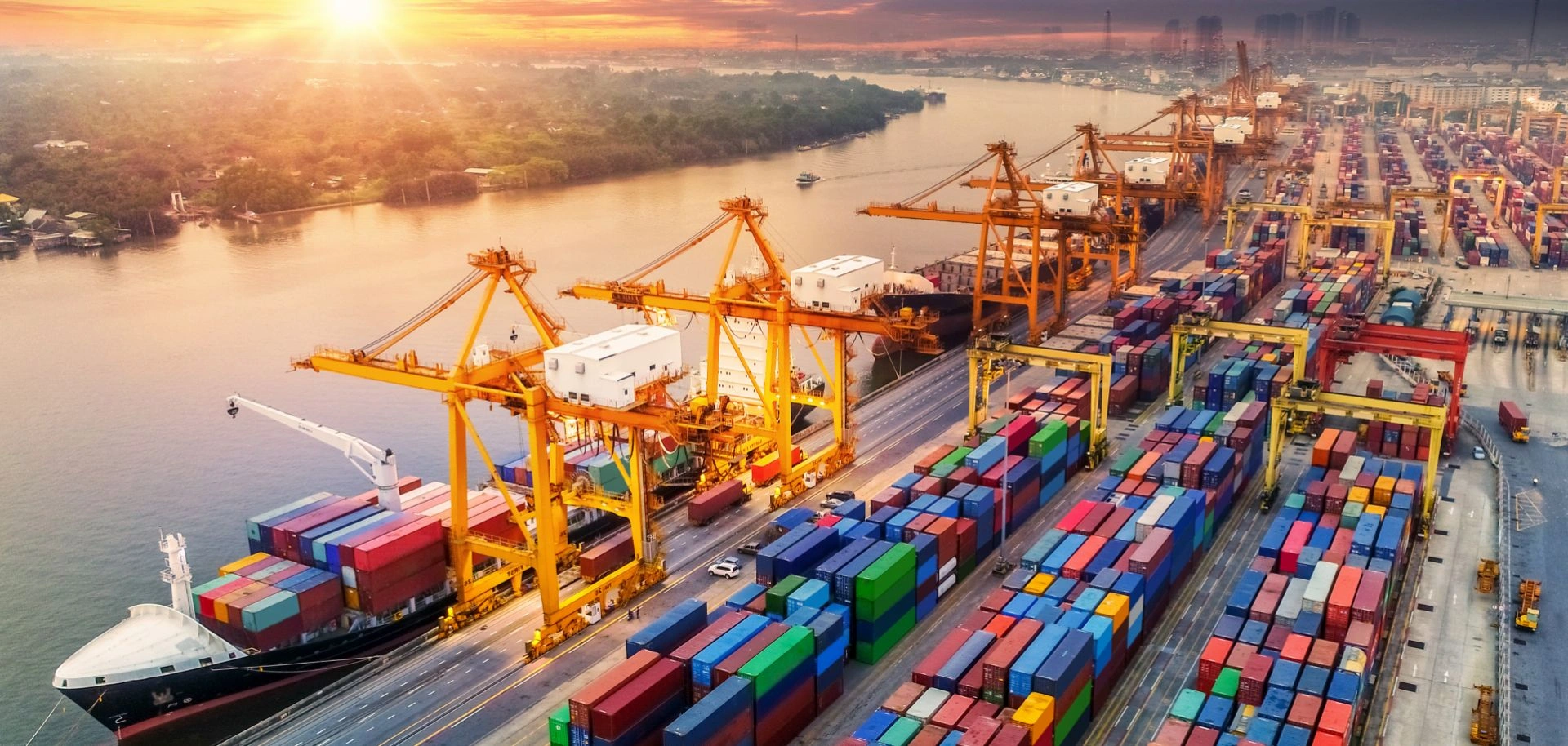The second S-400 missile defense system was shipped to China by Russia in the face of increasing tensions with the US. The S-400s were allegedly shipped by maritime routes. Additionally, the handing over certificate was signed in China in December, a military-diplomatic source told the Russian news agency.
S-400 contract with China
Similarly, China became the first international buyer of Russia’s most advanced S-400 surface-to-air missile systems. Russia signed a contract with China on the delivery of two regimental sets of S-400s in 2014.
Furthermore, the first S-400 Regimental Collection was shipped to China in 2018. The Chinese army effectively evaluated the rocket launchers and reached an aerodynamic target and a ballistic one.
S-400 Triumph is designed to kill ships, cruise, and ballistic missiles, which can be used against land installations as well. The will hit objectives up to 400 km away and at an altitude of up to 30 KM.
Contradicting Reports in Indian Media
Moreover, Russia reportedly halted the supply of S-400 air defense systems to China according to sources in India. Citing news site Sohu, UAWire wrote, This time, \”Russia confirmed that it will delay missile delivery for the Chinese S-400 weapon. At some point, we can claim that it is for China\’s sake. However, purchasing a firearm isn\’t as straightforward as signing an invoice in China.\”
\”They claim the job is very complicated in supplying those guns. Although China wants to send out training instructors, Russia still needs to send a ton of professional workers to bring the arms into operation, \”Sohu said.





